The 265-year-old stout is enjoying a renaissance as it wins with new drinkers and in new occasions throughout the year.
By: Kate Bernot
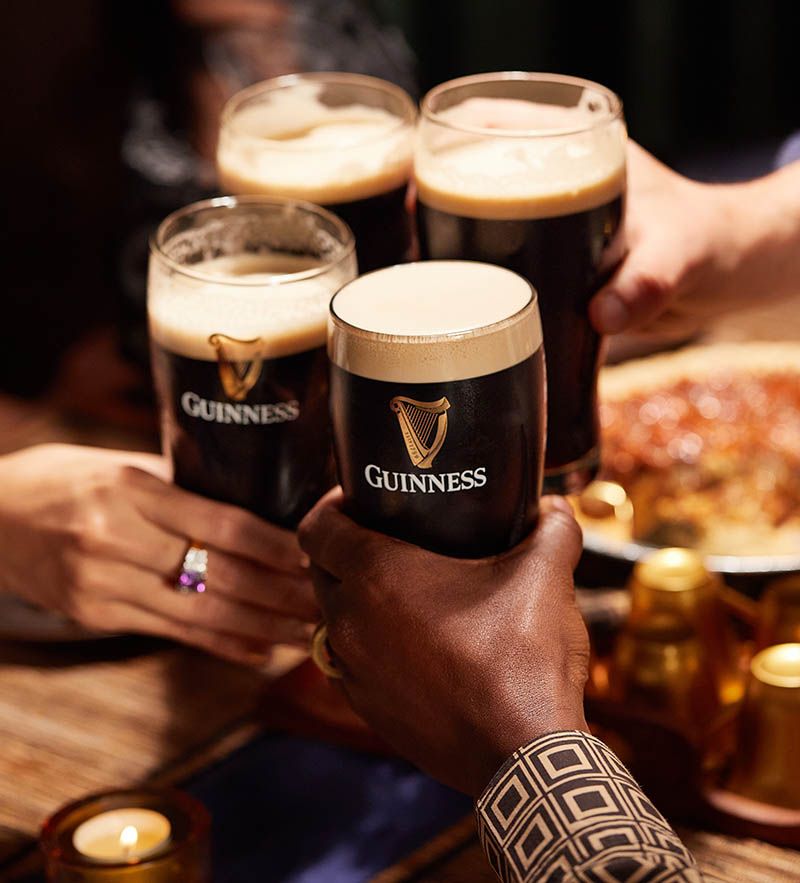
Michele Recupido has been behind the bar at Philadelphia’s Locust Rendezvous for 36 years, and she’s never seen Guinness Draught sell as quickly as it has in 2025.
“Sales are through the roof. The owner and I look at Guinness sales for the week and he’s like, ‘Can you believe this?’” Recupido says. The bar has capacity for just 75 people, yet it orders a keg of Guinness every week. “All summer long we saw it, even as hot as it was in Philadelphia. To me, that’s a guarantee I should never remove it from my draught line.” It’s another sign that Guinness isn’t just thriving in cold months – it’s winning across all occasions, even in the heat of summer.
Guinness’ recent success isn’t limited to Locust Rendezvous, or to Philadelphia, or to the Northeast. Nationally, the iconic 265-year-old brand is experiencing a resurgence in popularity that’s led to double-digit sales growth across retail channels, and the title of number-one draught handle in Boston and New York City. In Philadelphia, Guinness Draught has picked up 200 draught placements in the past year alone. The beer’s ability to thrive in diverse markets shows how Guinness has become one of the most adaptable beers on tap today.
“Once considered a seasonal stout centered around Irish pubs and St. Patrick’s Day, Guinness is undergoing a powerful transformation in the U.S., driven by smart distribution gains, culturally resonant marketing, and innovations like Guinness 0,” says Karissa Downer, Brand Director for Beer at Diageo Beer Company USA. Downer notes that the “Lovely Day for a Guinness” campaign has been instrumental in shifting perceptions, proving Guinness can belong at any table and any time of year.
And lest you assume this is all attributable to the viral “splitting the G” challenge – in which drinkers take a sip of Guinness and attempt to level the remaining beer with the “G” emblazoned on the branded glass – it goes much deeper. Yes, the challenge has spread far and wide, creating headlines and social media chatter. But Guinness itself hasn’t promoted “splitting the G” at all, and in fact has stayed on the sidelines as fans and even bars themselves have turned it into a phenomenon. The challenge likely has introduced new drinkers to the beer, but that alone doesn’t explain the brand’s ongoing growth.
Instead, Guinness’ success is attributable to factors fundamental to the brand: It’s easy-drinking, consistent, visually appealing, and flavorful – a dependable beer that’s comforting, not boring.
Thanks to new marketing campaigns and innovations like the fast-growing, non-alcoholic Guinness 0, the brand is connecting with younger and more diverse drinkers throughout the year. In effect, Guinness has taken itself out of the “winter stout” box and reintroduced itself as a beer for every season and every occasion
New Drinkers, Year-Round
One of the brand’s chief campaigns has focused on expanding Guinness’ appeal during warmer months. Called “Lovely Day for a Guinness,” this campaign reminds drinkers that any time can be a great time for this light, low-calorie, and sessionable beer. This repositioning is helping Guinness become a go-to choice at picnics, soccer matches, barbecues, and nights out alike — truly a beer for all occasions. One of the most prominent components of this campaign was Guinness’ role as Official Beer and Official Non-Alcoholic Beer of the Premier League, a global partnership that is in its second year during the current 2025/2026 season. This partnership saw Guinness activate in 80 countries around the world.

Guinness also brought the “Lovely Day” message to Philadelphia’s Center City via a billboard for the month of July, and with a visit from the “Lovely Days” van in early August. Also this summer, the brand partnered with the gourmet ice cream brand Van Leeuwen for a Guinness-flavored, limited-edition release made ideal for summer months. The efforts are paying off, as more than half of annual sales take place between April and November.
“Whatever Guinness is doing to promote it as a lighter beer, I think younger people really have taken to that – and not just in the wintertime,” Recupido says. Guinness has also made a point of expanding its cultural relevance beyond St. Patrick’s Day. 87% of Guinness sales happen outside of the month of March, and it’s a priority for the brand to extend an invitation to drinkers outside the context of St. Patrick’s Day and Irish bars.
“Of course we love Irish pubs, but now that we’re expanding distribution beyond that, it’s exciting to see who else is taking Guinness on,” Downer says.
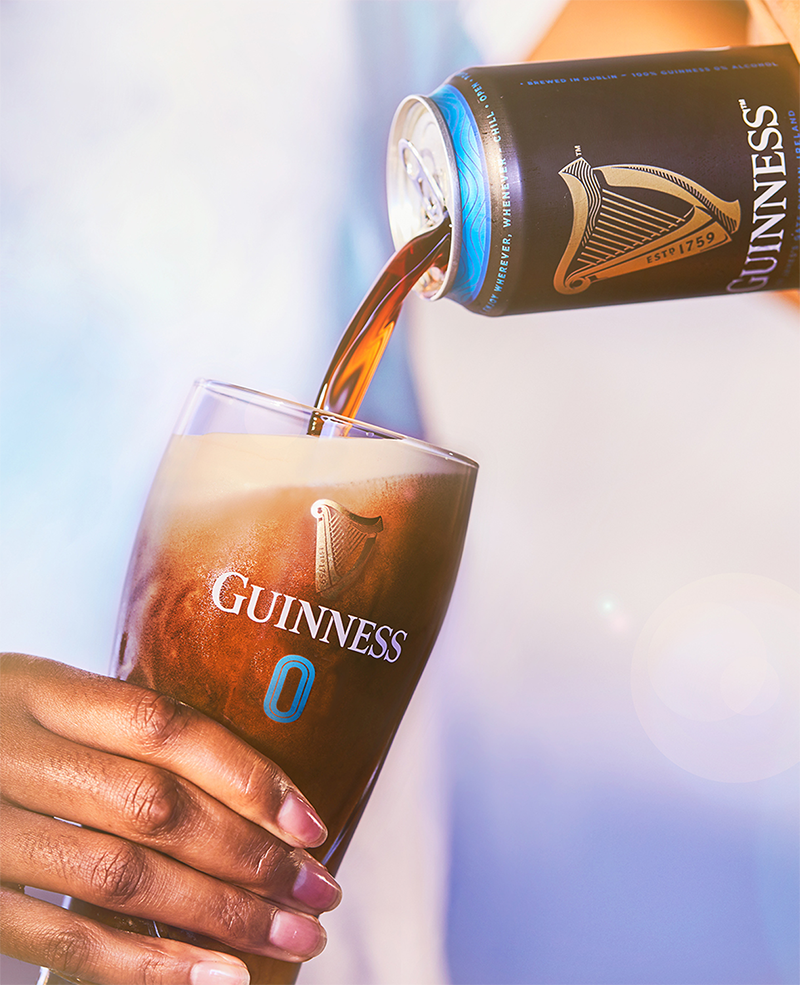
Big Wins for 0
Most drinkers assume Guinness is a single beer, but Guinness is actually a brand that encompasses Guinness Draught, Guinness Extra Stout, Guinness Foreign Extra Stout, Guinness Baltimore Blonde (the flagship beer brewed on-site at Guinness’ Open Gate Brewery in Baltimore), and since 2022, Guinness 0. This non-alcoholic Irish stout offers drinkers everything they love about Guinness’ texture, aroma, and flavor, but without any alcohol. It’s a successful entrant in a small but booming subsegment: Growth in non-alcoholic beer is largely led by craft brands.
As of early September, Guinness was the third fastest-growing non-alcoholic beer brand nationally behind Corona and Athletic. Dollar sales for Guinness 0 were up +67% in August, outpacing the last 52-week growth rate of +55%. The beer continues to make inroads with new points of distribution as well.
What’s behind the growth of Guinness 0? As with any beer, it’s the way it tastes. A post on the forum website Reddit in late August asking for recommendations of great-tasting non-alcoholic beers was met with resounding support for Guinness 0. “NA Guinness is the best out there, in terms of tasting like the original. It’s still got the nitro widget in the can too, so the body is basically the same,” one poster wrote. “NA Guinness is pretty solid as well,” was the top upvoted comment of the entire thread.
For retailers, carrying the packaged non-alcoholic version of Guinness as a complement to the full-strength draught version is an easy way to add incremental sales. Recupido puts it succinctly: “People really like Guinness 0.”
Spreading the Pub Love
Conventional wisdom says brands are built in the on-premise, and this continues to ring true for Guinness whose true beating heart is the corner pub. Sure, Guinness can be enjoyed from a can or bottle, but it is best experienced via a properly poured pint slid across the bar. This is more than mere aesthetics: A well-poured Guinness is a singular, multisensory experience that engages the drinkers’ eyes, nose, and palate. In this way, Guinness and the bars that sell it have a mutually beneficial relationship.
“Promoting Guinness is promoting getting customers back to bars,” says Jason Testa, Diageo Beer Company USA’s Market Manager for the greater Philadelphia area.
In recent years, those bars have expanded beyond the traditional Irish pub that’s long carried Guinness. Sports bars have become important partners, particularly in light of the brand’s sponsorship of the English Premier League. Where fans go to watch their favorite teams, Guinness wants to be part of that experience. But Guinness is remarkably versatile, comfortable on draught at the corner pub as well as some of the highest-end bars in the world. This chameleon-like quality – fitting seamlessly into different venues and occasions – is one reason Guinness continues to grow. What Locust Rendezvous most appreciates about Guinness is what many other bars and restaurants (and drinkers) appreciate: its quality and consistency honed over 265 years.
87% of Guinness sales happen outside of the month of March, and it’s a priority for the brand to extend an invitation to drinkers outside the context of St. Patrick’s Day and Irish bars.
“Guinness pours right every time. It looks great every time,” Recupido says. “There’s no indication that we’ll ever get rid of it, because it’s consistent… Guinness is tried and true; it’s a no-brainer.”
This has long been true for retailers, and now drinkers are singing the same tune. In the age of endless choices among the constant new offerings on taplines and on the shelf, reliable and easily understood brands are enjoying renewed attention. Guinness is one of the most recognized and respected brands in the world, full stop. It stands for quality and a culture that few other beers can rival. Fans have Guinness tattoos. People name their dogs after the beer. They travel to Dublin to visit the brewery. And these days, new drinkers are discovering the brand in new contexts, which bodes well for another two and a half centuries of lovely days. From pubs to sporting events, winter to summer, draught to non-alcoholic, Guinness has cemented its place as the beer that wins in every occasion.
The Guinness brand encompasses more than just one beer, explore the full lineup available from Origlio.
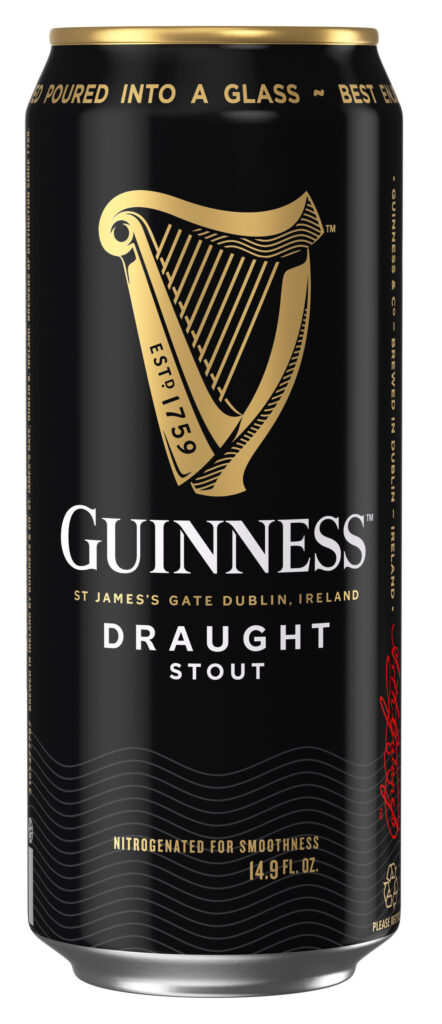
Dublin since 1759, is famous
for its ruby-black pour, roasted
mocha-espresso flavor,
and light yet elegant body.
ABV: 4.2%
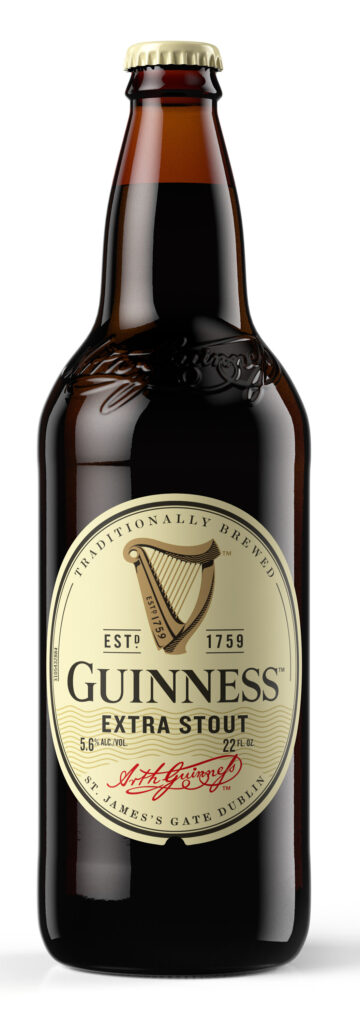
India Porter, Guinness Extra
Stout delivers over 200
years of rich roasted barley,
hop freshness, and crisp
bittersweet flavor. ABV: 5.6%
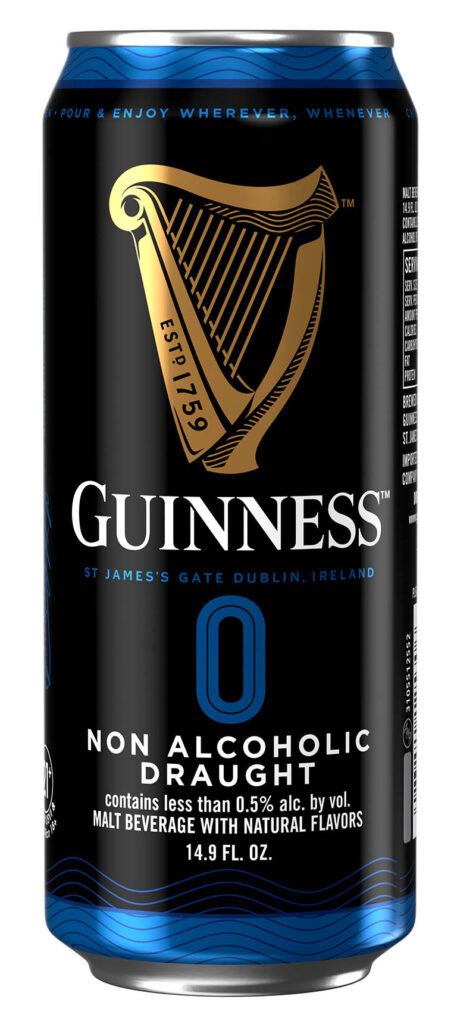
same roasted barley and
smooth flavor as the original,
delivers the iconic Guinness
taste without the alcohol.
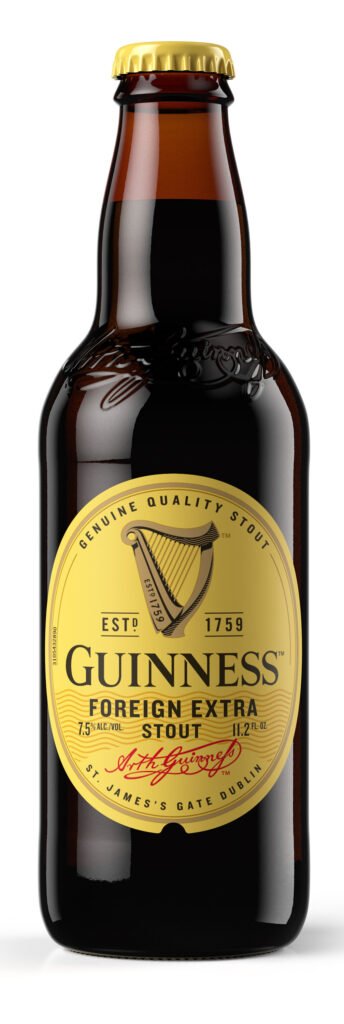
brewed for over 200 years with
extra hops and roasted barley
to deliver a bold, bittersweet
bite loved worldwide. ABV: 7.5%
